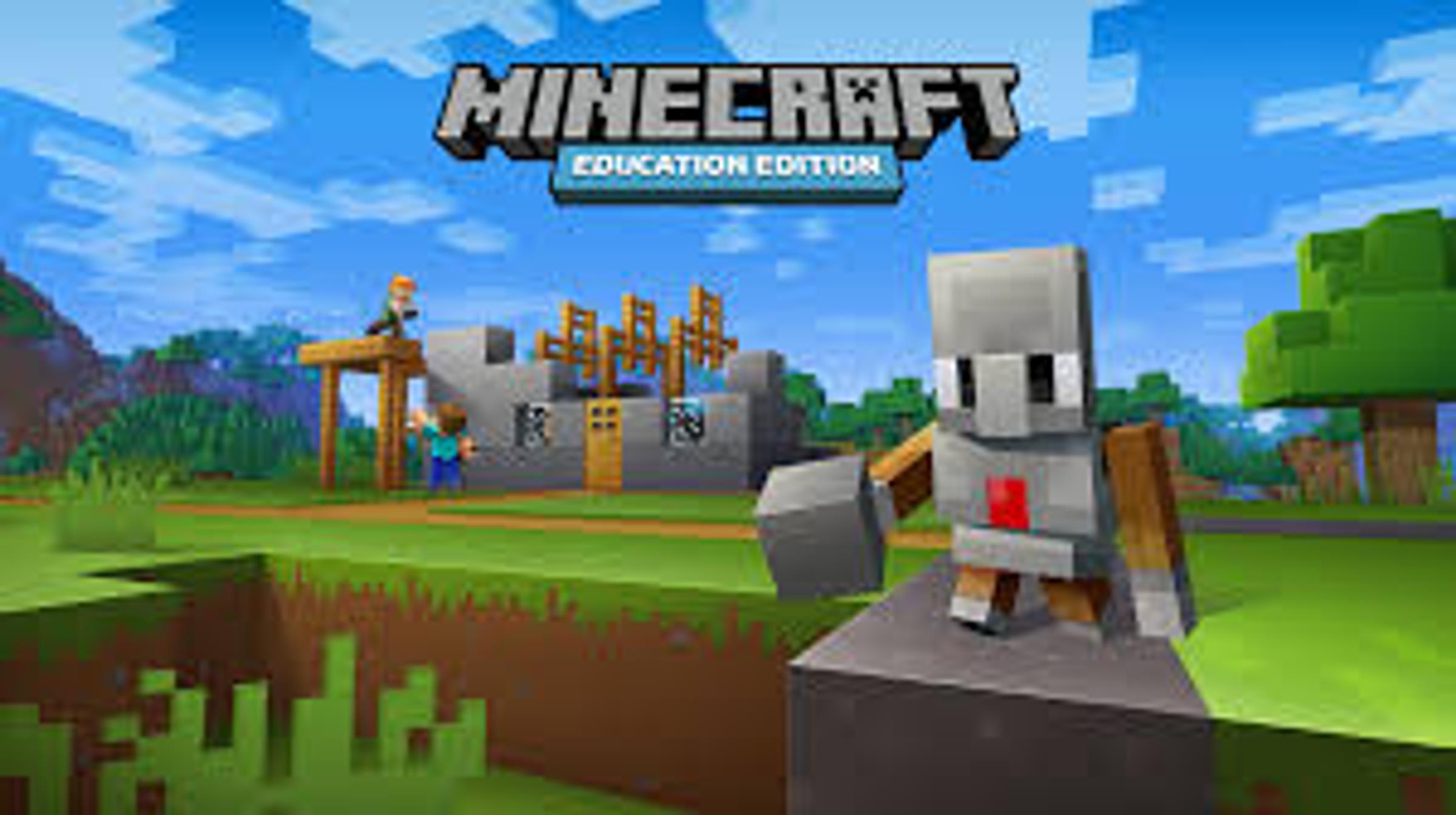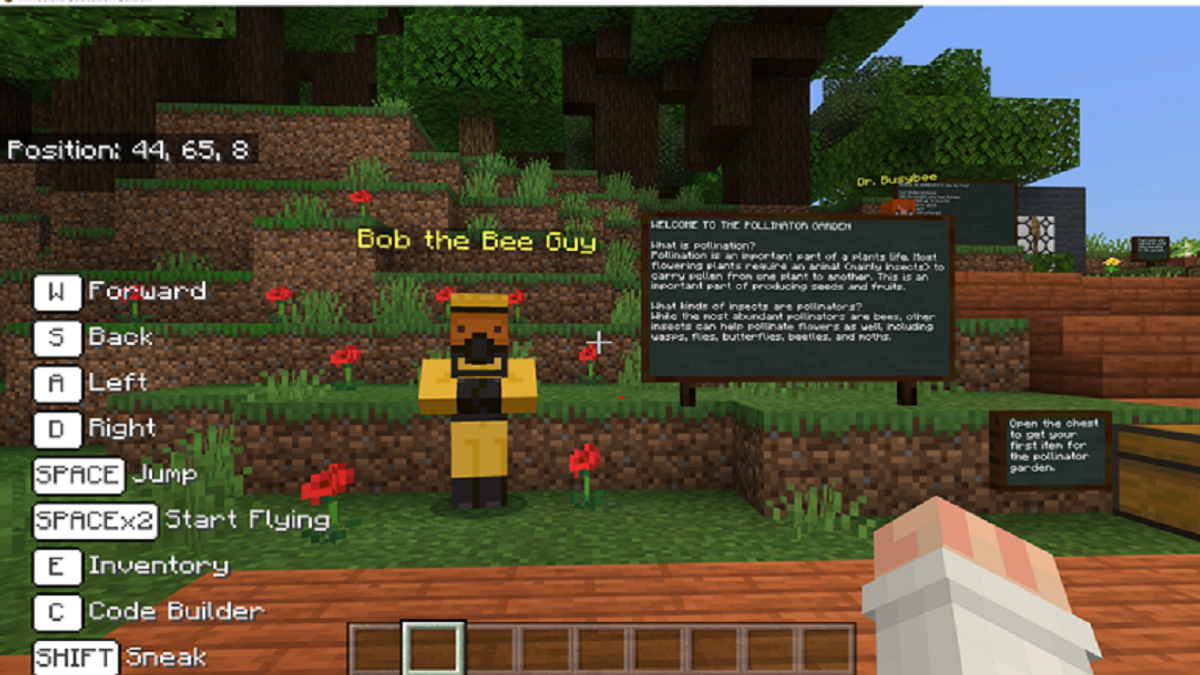Minecraft Education

Minecraft Education
Since its release in November 2011, Minecraft has been hugely popular amongst people of all ages. It is so popular that is now has 126 million users every month! With the release of Minecraft Education edition for iPads in 2018, it has opened up a completely new way for children to learn and collaborate with each other. Many of our students have been using Minecraft Education during our remote learning as a way to come together and enjoy some learning, socialising and teamwork.
What is Minecraft Education?
Minecraft is described as a “sandbox” game. This means that Minecraft is a virtual land where users can create their own worlds and experiences using building blocks. Minecraft has been described as a game with no rules. It does not come with a set of instructions or stated objectives. Players can simply be creative and explore as they learn.
Minecraft: Education Edition provides educators with the tools and resources that allow it to be brought into classroom experiences. Minecraft: Education Edition features allow the educator to share content through the tool while allowing the student the space to express learning. The Minecraft: Education Edition platform encourages students to build skills like collaboration, communication, critical thinking, and systems thinking. Just like in the Pollinator world example below, educators can set up learning outcomes within game features like Chalkboards where students can learn, interact and connect with content from classroom instruction while in the game.
Find out more about Minecraft Education here -
Why use it in a classroom?
Game-based learning meets students where they are and where they want to be. For example, learners could be engaged in play that challenges them, giving the students room to be creative and “fail forward,” as well as letting the learners take risks that iterate along the way.
Game-based learning is a teaching method that balances educational materials with the strategies, rules, and social aspects of playing a game. Many educational games expose learners to targeted content through real-world situations and help learners develop essential life skills. The knowledge acquired through game-based learning is retained at a higher rate than other methods of learning. Game-based learning allows students to engage with standards-based concepts in a playful and dynamic way.
Gamification vs game based learning.
How have we used it at Buninyong Primary School?
Many classes have recently dipped their toes into the world of Game Based learning and have been discovering just how creative they are by constructing amazing things in Minecraft education. Read below to find out how some of our classes have been using Minecraft Education.
Grade 3 Students – 3MP
Students have used Minecraft for a number of things. From a social point, Minecraft encourages children to work together, collaborate and problem solve. It requires them to articulate their thinking and reasoning to their classmates or myself. They have created and built settings from their stories, created communities that replicate our research from our Geography unit and navigated new worlds, which has led to sound knowledge of locations, directional language and reading/understanding coordinates.
The level of engagement is outstanding. From the initial hook where curiosity was great, a sustained engagement has followed.
Grade 5 Students
Grade five are fairly new to using Minecraft Education. We introduced it as a wellbeing activity as a result of the student survey. Students were craving more interaction with their peers.
Students are given a goal to achieve in small groups. Last week the objective was to build a town that could survive a natural disaster, which is in line with our integrated unit.
Our students were very excited and engaged while using Minecraft. As I observed and offered support it was really nice to watch and listen to them work together. I was amazed at how good they were at using it and they were constantly offering tips and tricks to others.
Not only were they working together positively to achieve their common goal, students learnt how to create a town that could survive a natural disaster. They needed to think about the structure of the buildings and the materials that needed to be used.
Most students have found it relatively easy to connect and use. The teachers provided step-by-step instructions as well as a ‘how to video’ that seemed to help. I would recommend having a list of the student usernames and passwords though, just in case they forget them.

